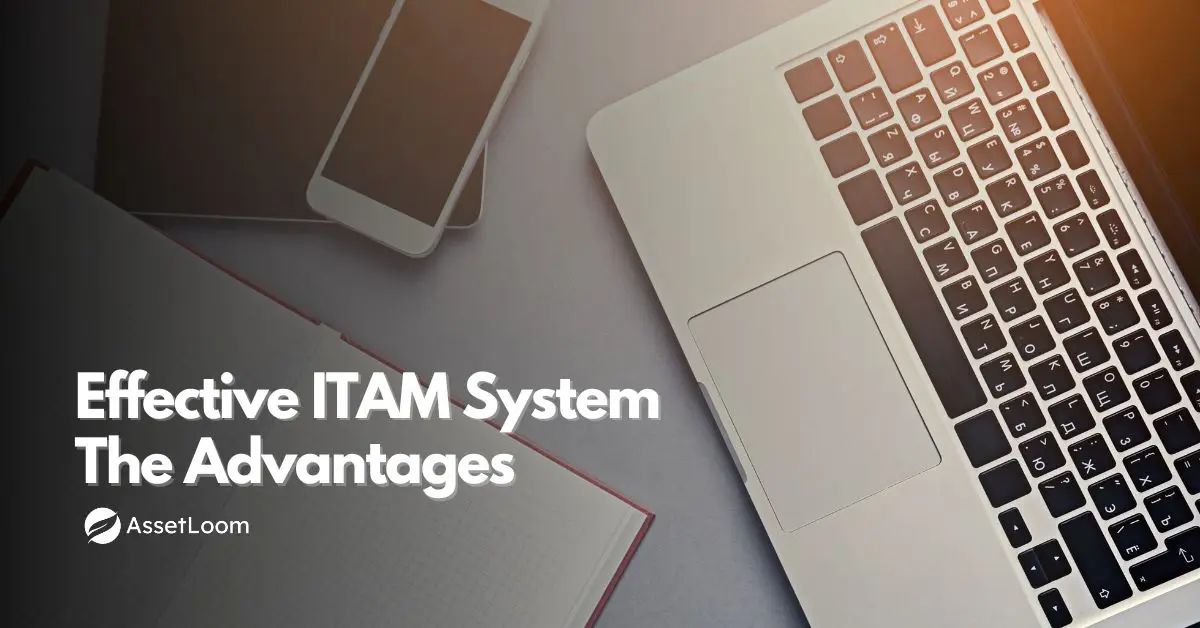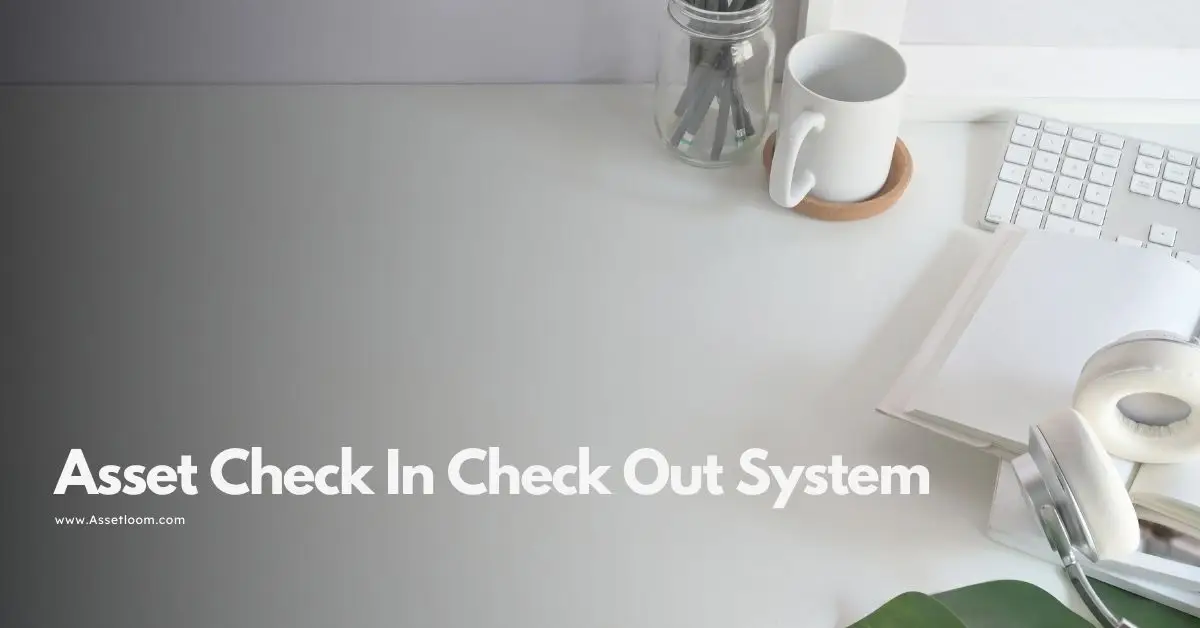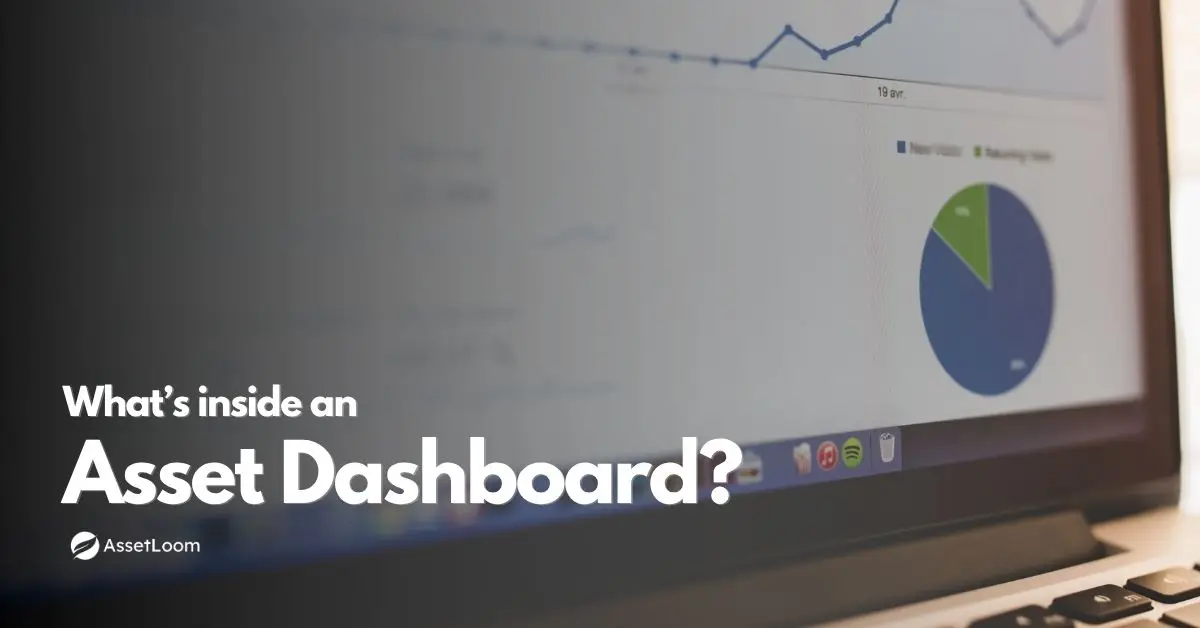Top 5 Cloud Asset Management Best Practices
Discover top cloud asset management best practices to optimize costs and streamline IT with inventory, tagging, and automation.
Cloud computing has transformed how businesses operate, offering scalability, flexibility, and access to advanced tools. However, managing cloud assets—such as virtual machines, storage, databases, and serverless functions—presents unique challenges. Without a solid cloud asset management (CAM) strategy, organizations face escalating costs, security risks, and operational chaos. To help you master this domain, here are the top five cloud asset management best practices.
1. Maintain a Comprehensive Asset Inventory
Effective cloud asset management best practices should start with full visibility into what’s deployed across all providers and platforms. A comprehensive inventory is the cornerstone of IT asset management in dynamic, ever-changing cloud ecosystems. Unlike on-premises environments with fixed hardware, cloud resources scale quickly, making manual tracking unreliable and inefficient. This practice delivers real-time insight into servers, databases, and licenses, preventing waste and risks. It’s the foundation for aligning IT assets with business objectives seamlessly.
Why Inventory Tracking is One of the Cloud Asset Management Best Practices
Inventory tracking stands as a foundational pillar among cloud asset management best practices for several critical reasons. Cloud environments are inherently dynamic, with assets like virtual machines, storage, and licenses created or terminated rapidly. Without a comprehensive inventory, organizations lose visibility into what’s deployed, leading to inefficiencies and risks. This practice ensures IT teams can monitor, manage, and optimize resources across all providers effectively.
Cloud assets’ transient nature lets untracked resources—shadow IT—accumulate, driving up costs and security risks without detection. A forgotten server might run indefinitely, accruing charges while adding no value to business operations quietly. AssetLoom, for instance, offers automated alerts for expired licenses, ensuring timely maintenance effortlessly. This keeps your inventory accurate, reducing waste and vulnerabilities effectively.
![]()
Tracking Assets in Real-Time
Automated systems can scan cloud environments continuously, identifying every virtual machine, storage bucket, or license instantly. This real-time approach captures assets as they’re deployed, avoiding gaps in visibility across multiple providers. It replaces manual efforts, which falter under the scale and speed of cloud operations. Regular updates keep the inventory current, reflecting the true state of your infrastructure. This clarity drives informed decision-making consistently.
Auditing and Decommissioning Steps
Periodic audits—monthly or quarterly—verify inventory accuracy, spotting unused resources like orphaned disks for removal. Decommissioning these cuts unnecessary costs and closes potential security gaps attackers might exploit easily. For example, shutting down redundant instances can save thousands while tightening control over the environment. This process keeps your cloud lean, secure, and aligned with operational needs. It’s a disciplined approach to resource management.
2. Implement Tagging and Metadata Standards
Cloud environments become unmanageable without organization, especially as assets multiply across teams and providers. Tagging and metadata standards bring order, making servers and storage searchable and actionable with clear labels. This practice assigns context—like ownership or purpose—to every asset, enhancing cost tracking and governance. It turns a sprawling infrastructure into a structured system for IT teams. Organization is key to mastering cloud complexity.
Building a Tagging Framework
Start by defining a standardized tagging policy tailored to your organization’s needs. Common tags include:
- Ownership: Who’s responsible for this asset (e.g., "Team: DevOps")?
- Purpose: What’s it used for (e.g., "Project: CustomerPortal")?
- Environment: Is it production, staging, or development?
- Cost Center: Which budget does it fall under (e.g., "Dept: Marketing")?
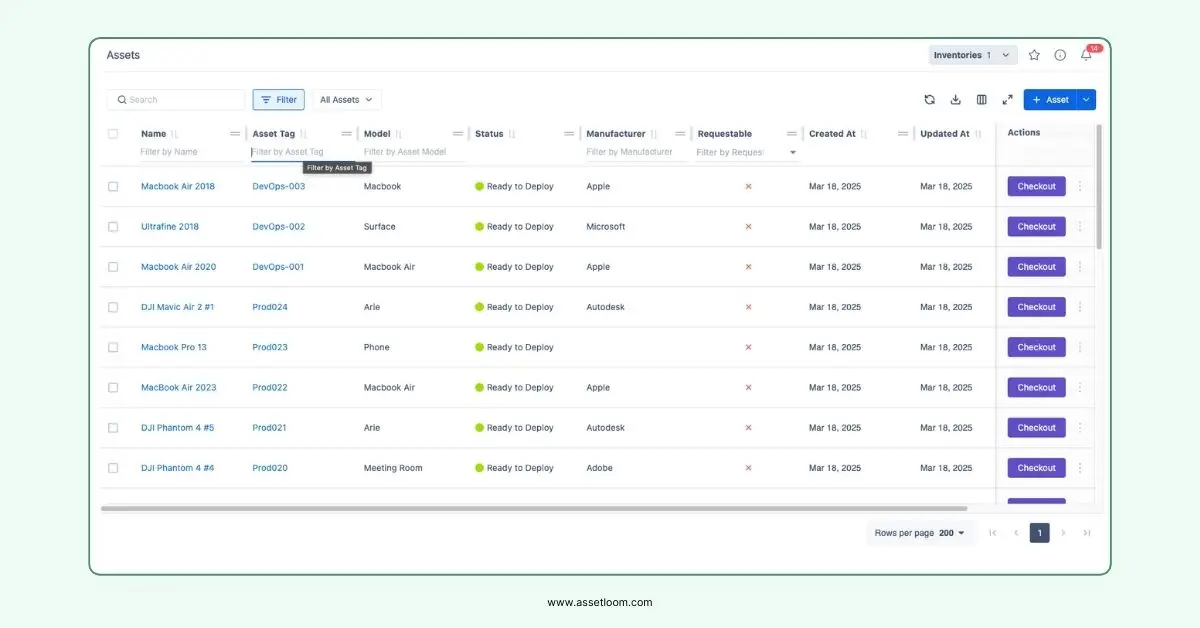 Filter Assets by Tags in AssetLoom
Consistency is critical. A tag like "env: prod" on one asset and "environment: production" on another creates confusion and defeats the purpose. Enforce this through automation, ensuring every asset gets tagged upon creation effortlessly.
Filter Assets by Tags in AssetLoom
Consistency is critical. A tag like "env: prod" on one asset and "environment: production" on another creates confusion and defeats the purpose. Enforce this through automation, ensuring every asset gets tagged upon creation effortlessly.
Benefits of Tagging
Tags break down costs by team or project, offering transparency into spending patterns across the board. They speed up troubleshooting by filtering assets—like all "test" servers—during incidents or outages quickly. For instance, identifying untagged resources can reveal forgotten environments, saving significant expenses. This clarity improves accountability and operational efficiency in cloud management. It’s a simple yet powerful practice.
3. Optimize Costs with Monitoring and Analytics
The cloud’s pay-as-you-go model offers flexibility but requires vigilance to avoid budget overruns in IT operations. Monitoring and analytics optimize costs by tracking usage and analyzing spending trends proactively. This practice includes calculating the depreciation of assets, ensuring their declining value aligns with financial planning. It balances performance with efficiency, using data to drive strategic decisions. Cost optimization becomes a competitive edge with diligence.
Tracking Spending and Depreciation
Continuous monitoring reveals expenses by service or category, highlighting usage patterns in real-time effectively. Depreciation spreads an asset’s cost—like a server’s purchase price—over its useful life systematically. For example, a $10,000 server with a 5-year life depreciates $2,000 annually, reflecting its value loss. This non-cash expense reduces taxable income without affecting cash flow directly. Tracking both usage and depreciation ensures budgets reflect true costs.
Calculating Depreciation Methods
Straight-line depreciation divides an asset’s cost minus salvage value by its useful life evenly
annually. A $12,000 asset with a $2,000 salvage value over 5 years yields $2,000
yearly depreciation. Organizations can apply this to multiple assets, each with
unique specs like lifespan or cost differences.
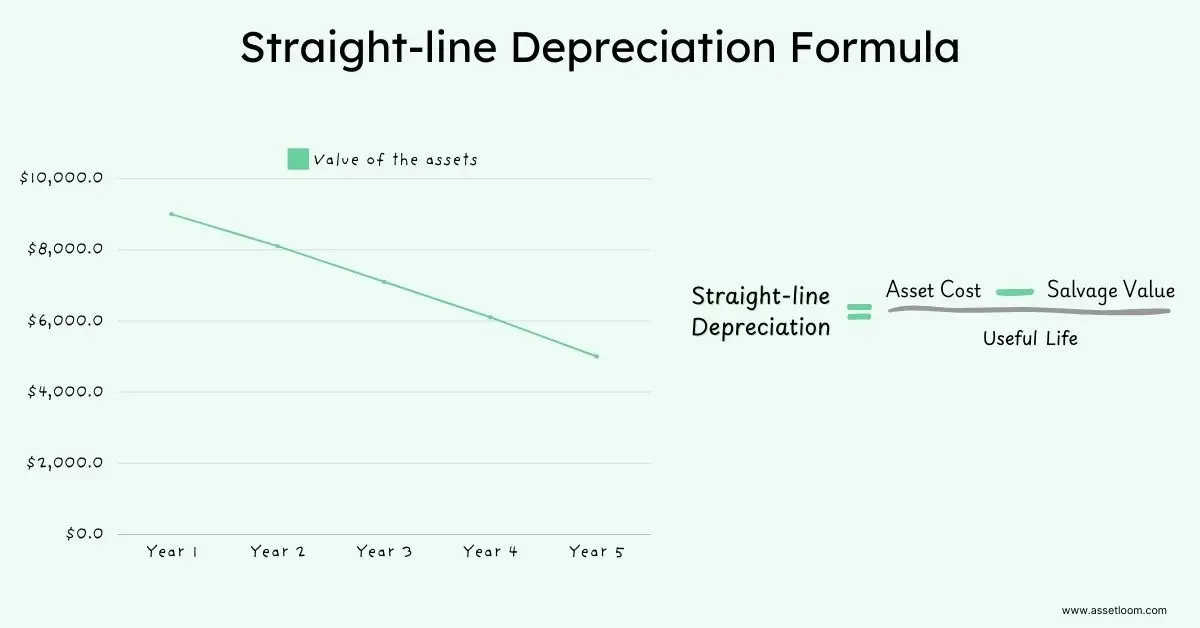 Using an efficient CAM tool to track depreciation is one of the most popular cloud asset management best practices for this case. Let’s take AssetLoom as an example. AssetLoom automatically calculates depreciation using the straight-line method, automating the process for accuracy effortlessly. It allows users to create multiple rules—assigning specific depreciation rates to various asset models seamlessly. For instance, a high-end server might depreciate over 3 years, while storage spans 5 years distinctly. This tracks depreciation across diverse cloud assets based on their particular specifications precisely. Automation eliminates manual errors, ensuring financial insights align with asset usage over time.
Using an efficient CAM tool to track depreciation is one of the most popular cloud asset management best practices for this case. Let’s take AssetLoom as an example. AssetLoom automatically calculates depreciation using the straight-line method, automating the process for accuracy effortlessly. It allows users to create multiple rules—assigning specific depreciation rates to various asset models seamlessly. For instance, a high-end server might depreciate over 3 years, while storage spans 5 years distinctly. This tracks depreciation across diverse cloud assets based on their particular specifications precisely. Automation eliminates manual errors, ensuring financial insights align with asset usage over time.
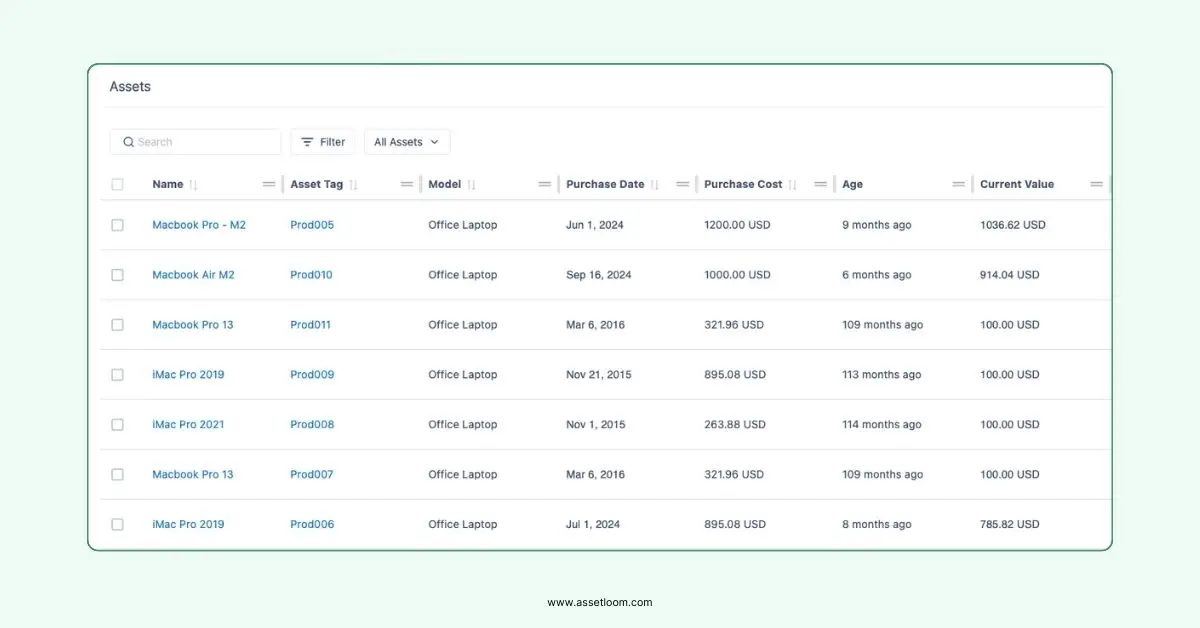
4. Prioritize Security and Compliance
The cloud’s distributed nature heightens security and compliance risks, requiring proactive management of every asset. This practice embeds safeguards into cloud asset management, protecting data and meeting regulatory standards effectively. A single misconfiguration—like an exposed port—can trigger breaches or fines, disrupting operations swiftly. It ensures IT infrastructure remains secure and trustworthy across providers. Security is integral to cloud success.
5. Automate Governance and Lifecycle Management
Manual oversight fails as cloud assets scale, demanding automation for consistency and efficiency in IT operations. This practice automates governance and lifecycle tasks, keeping resources aligned with policies effortlessly. It reduces errors, saves time, and ensures the cloud stays lean across deployments. Automation is the key to managing complexity without overwhelming staff. It shifts focus to strategy over repetitive work.
Cloud Asset Management Best Practices: Conclusion
Effective cloud asset management best practices blend visibility, control, and optimization into a cohesive IT strategy universally. Start small, measure success through cost savings, security improvements, and operational gains accurately. These cloud asset management best practices maximize value, driving efficiency and growth consistently. Your cloud becomes a strength, not a burden, with disciplined management.

Subscribe for Expert Tips and Updates
Receive the latest news from AssetLoom. right in your inbox
